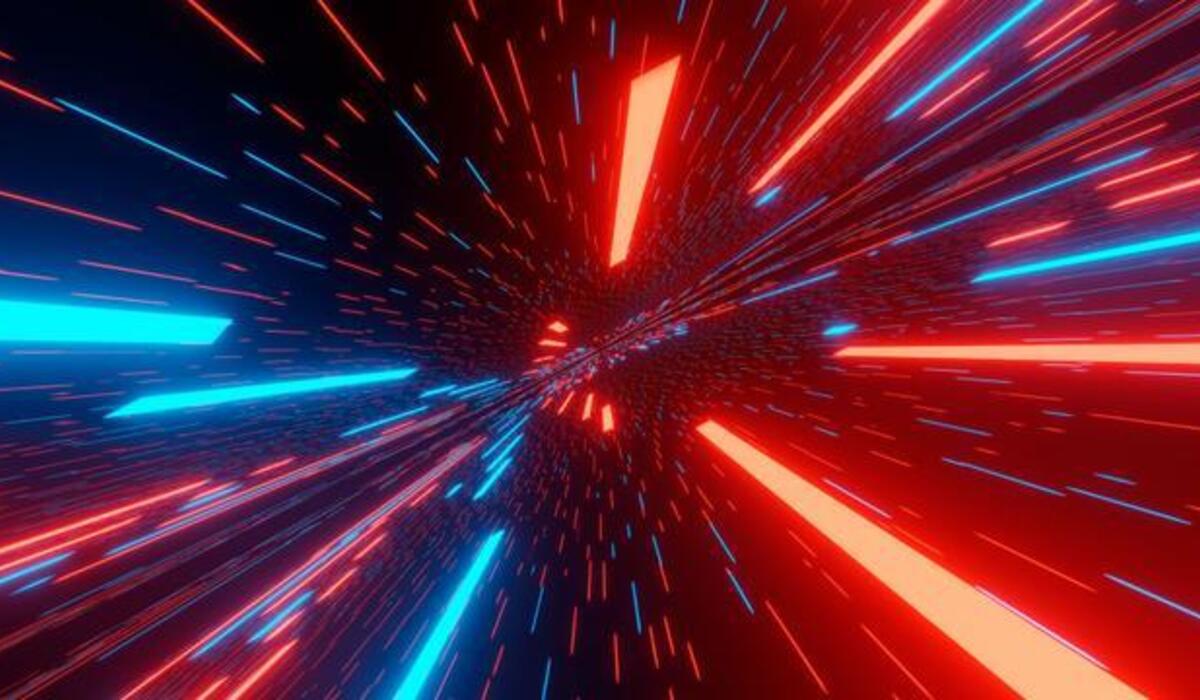Physicist Miguel Alcubierre introduced the idea of warp drives in 1994, suggesting they could enable spacecraft to seemingly surpass the speed of light by manipulating space. However, this concept hinged on creating energy-density fields deemed scientifically unattainable. Now, a pioneering study spearheaded by Jared Fuchs, a senior scientist at Applied Physics, offers a fresh perspective on warp drives.
Published in the journal Classical and Quantum Gravity, Fuchs and his team introduced the “Constant-Velocity Subluminal Warp Drive,” a model that eliminates the need for exotic or negative energy sources. Instead, this model utilizes a stable outer layer of matter combined with a modified shift vector inside, resulting in a warp solution with positive mass.
By using advanced techniques from the theory of general relativity, the researchers at Applied Physics, particularly the Advanced Propulsion Laboratory (APL), have developed this novel approach.
APL’s Warp Factory, an open-source toolbox, simulates the physics of warp drives, providing a numerical framework to analyze spacetime. This unique approach has led to the creation of a theoretical method of space travel that complies with general relativity while operating at a constant subluminal speed. This breakthrough challenges the notion that warp drives are confined to science fiction.
“This study changes the conversation about warp drives. By demonstrating a first-of-its-kind model, we’ve shown that warp drives might not be relegated to science fiction,” said lead author Jared Fuchs, a PhD candidate at the University of Alabama, Huntsville.
The model developed by Fuchs and his team marks a significant advancement in understanding the practicality of warp solutions. By surpassing earlier models, it opens up new possibilities for space exploration. The researchers aim to further optimize the mass-to-velocity ratio required to sustain physical integrity and investigate efficient methods of accelerating the warp drive without violating physical laws.
Their future work includes direct optimization of radial profiles for density, pressure, and shift vector, as well as exploring ways to enhance the efficiency of accelerating the drive. These efforts represent a major direction in warp drive research, bringing us closer to realizing the potential of interstellar travel. With this groundbreaking study, the conversation about warp drives has shifted, demonstrating that they may indeed become a reality rather than just a figment of science fiction.

